The sweet spot in a golf driver is more than just a marketing term—it's the holy grail of club design and performance. When a golfer strikes the ball on the sweet spot, the result is a satisfying sensation, maximum distance, and minimal vibration. But what happens when the impact occurs elsewhere on the clubface? The answer lies in the complex world of vibration analysis, a field that blends physics, engineering, and the pursuit of the perfect swing.
Understanding the Sweet Spot
The sweet spot isn't a single point but rather a small area on the clubface where energy transfer is most efficient. When the ball makes contact here, the clubhead experiences minimal twisting, and vibrations are dampened significantly. This optimal transfer of energy translates to longer, straighter shots. However, miss the sweet spot, and the consequences are immediately felt—both in the hands of the golfer and in the performance of the shot.
Vibration analysis reveals why off-center hits feel so harsh. When impact occurs away from the sweet spot, the clubhead twists, creating torsional vibrations that travel up the shaft. These vibrations are not just uncomfortable; they also rob the shot of power and accuracy. Engineers use advanced materials and design techniques to mitigate these effects, but the laws of physics are unforgiving. The farther from the sweet spot, the more pronounced the vibrations become.
The Science Behind the Vibrations
Every golf driver has a unique vibration signature, a fingerprint of how it responds to impact. High-speed cameras, accelerometers, and finite element analysis software allow researchers to study these vibrations in detail. What they've found is that the sweet spot corresponds to the club's center of percussion—the point where lateral and rotational forces balance out. Striking here minimizes unwanted oscillations.
Off-center hits, on the other hand, excite multiple vibration modes in the clubhead. The first is a bending mode, where the clubface flexes backward upon impact. The second is a torsional mode, where the head twists around the shaft's axis. These vibrations occur at specific frequencies, and if they align with the shaft's natural frequency, the result is amplified discomfort and reduced performance. Modern drivers use materials like carbon fiber and titanium to dampen these vibrations, but the sweet spot remains the gold standard for clean contact.
How Manufacturers Are Responding
Golf club manufacturers are locked in an arms race to expand the sweet spot and reduce the penalties for mishits. One approach is to redistribute weight, moving mass to the perimeter of the clubhead to increase forgiveness. Another is to use multi-material constructions, combining stiff materials for stability with softer ones for vibration dampening. Some companies even embed proprietary gel layers or tuning ports to disrupt harmful vibration frequencies.
Yet, despite these innovations, the sweet spot remains elusive for many amateur golfers. Vibration analysis shows that even the most forgiving drivers can't completely eliminate the harsh feedback of a mishit. This is why club fitting has become so critical—a driver optimized for a player's swing speed and impact tendencies will naturally produce more consistent contact near the sweet spot.
The Human Factor in Vibration Perception
Not all vibrations are created equal in the hands of a golfer. Research suggests that high-frequency vibrations are more irritating and fatiguing than low-frequency ones. This is why some players prefer the feel of older, steel-headed drivers despite their smaller sweet spots—the vibrations they produce are often lower in frequency and thus subjectively "softer."
Modern composite materials change this equation. While they allow for larger clubheads and thinner faces, they can also transmit vibrations differently. Some golfers report that mishits on carbon fiber drivers feel "harsher" than on traditional metal heads, even when ball speed data shows comparable performance. This disconnect between objective measurements and subjective experience keeps vibration analysis at the forefront of club design.
The Future of Sweet Spot Optimization
As sensor technology improves, so does our understanding of sweet spot dynamics. Smart clubs with embedded accelerometers can now provide real-time feedback on impact location and vibration patterns. This data is revolutionizing both club design and player instruction. Coaches can identify swing flaws that lead to consistent mishits, while engineers can refine head shapes to better accommodate common impact patterns.
The next frontier may be active vibration cancellation—technology that detects harmful vibrations and counters them with precisely timed opposing forces. While this concept is common in headphones and automotive systems, applying it to golf clubs presents unique challenges due to the extreme brevity of the impact event. Still, prototypes suggest that even partial vibration reduction could significantly improve the feel of off-center hits.
Ultimately, the pursuit of the perfect sweet spot continues to drive innovation in golf equipment. From vibration analysis to material science, each advancement brings us closer to clubs that are both longer and more forgiving. Yet, as any seasoned golfer knows, no technology can replace the satisfaction of pure, sweet-spot contact—the moment when physics, equipment, and human skill align in perfect harmony.
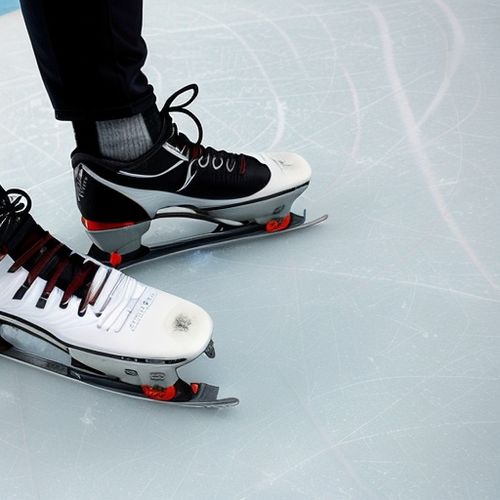
By William Miller/May 9, 2025
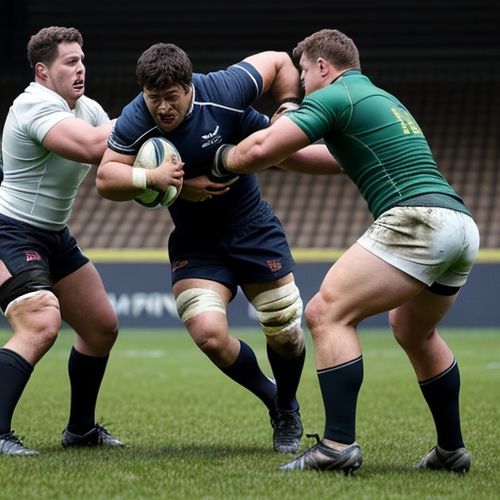
By John Smith/May 9, 2025
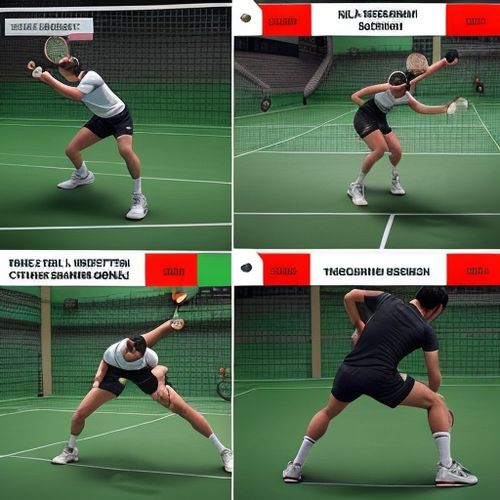
By Lily Simpson/May 9, 2025
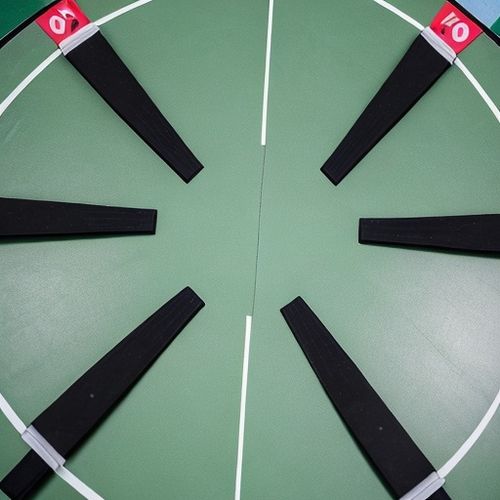
By Eric Ward/May 9, 2025
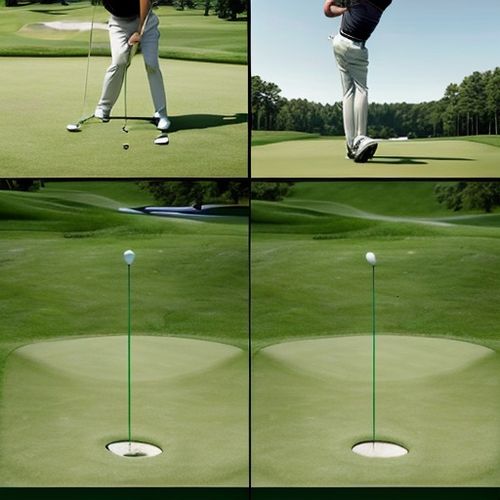
By Eric Ward/May 9, 2025

By Victoria Gonzalez/May 9, 2025

By Samuel Cooper/May 9, 2025
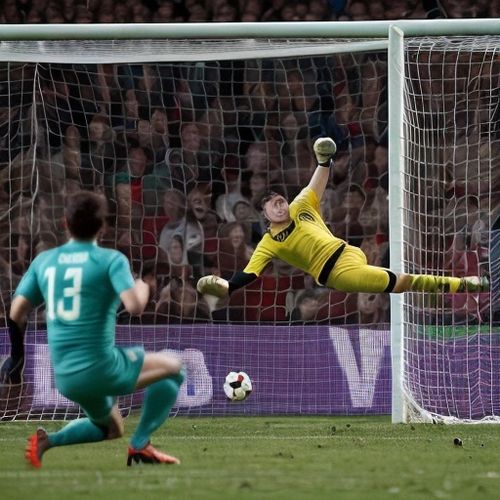
By Emily Johnson/May 9, 2025

By Noah Bell/May 9, 2025

By Joshua Howard/May 9, 2025

By Eric Ward/May 8, 2025

By Joshua Howard/May 8, 2025

By George Bailey/May 8, 2025
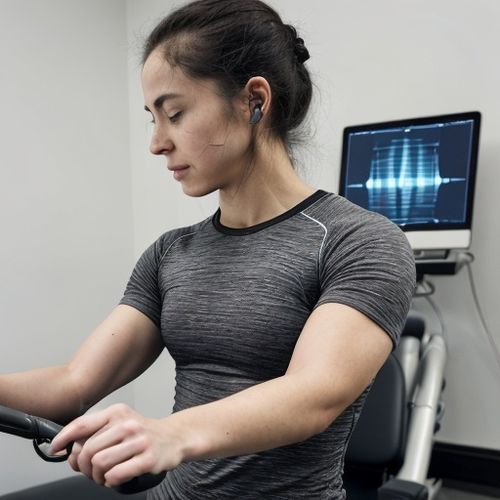
By Grace Cox/May 8, 2025

By Michael Brown/May 8, 2025

By Daniel Scott/May 8, 2025

By Rebecca Stewart/May 8, 2025

By Victoria Gonzalez/May 8, 2025

By Emily Johnson/May 8, 2025

By Olivia Reed/May 8, 2025